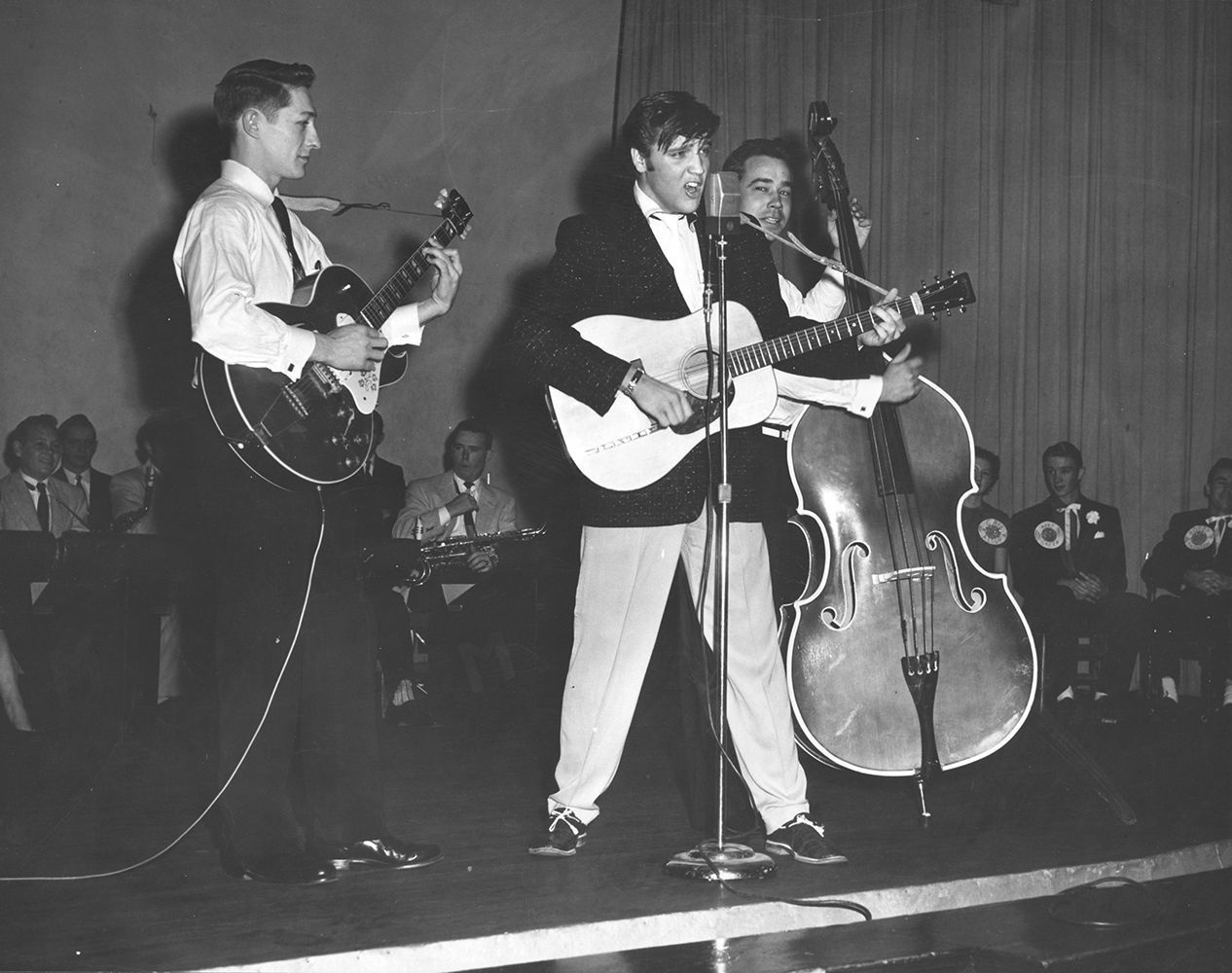
Sixty years ago a young, unknown musician and and singer from Tupelo, Miss., named Elvis Presley struck the spark that ignited the rock ’n’ roll revolution and fundamentally altered the direction of popular music and the shape of American culture.
July 19, 1954, saw the official release of Elvis’s first commercial record, the single “That’s All Right,” backed with the B-side, “Blue Moon of Kentucky.” The tracks, sung by the flamboyantly dressed yet shy 19-year-old, were recorded exactly two weeks earlier at Memphis’s famed Sun Studios by owner and producer Sam Phillips—and a full year after Elvis cut his first acetate, as a gift for his mother, at the same location.
The recordings stemmed from a session when Presley—joined by Scotty Moore on guitar and Bill Black on upright bass—in a break from singing ballads, began playing around with a up-beat arrangement of Arthur “Big Boy” Crudup’s decade-old blues tune, “That’s All Right” (sometimes referred to as “That’s All Right, Mama.”) Phillips recorded and pressed Elvis’s single, distributing it to local radio stations, where it drew enough reaction to have one station invite Presley in for a live, on-air interview.
Presley’s first record sold around 20,000 copies and brought him regional attention and success—and opened the path for others, including Johnny Cash, Jerry Lee Lewis, Carl Perkins and Roy Orbison to follow him through Sun Studios’ doors to fame and fortune.
Presley’s utterly new, thrilling and unique sound not only shook up the music world; it blurred social lines and, with its white-boy-sings-the-blues approach, challenged racial barriers of the era. Within two years, Presley had signed to RCA Victor and evolved from a raw local teenage talent to a fully fledged national and international phenomenon. The rest, as the saying goes, is history.
Here, on the 60th anniversary of the release of his first single, LIFE.com presents a selection of pictures of the young Presley taken between 1953 and 1955—including one that ran with his first profile in his hometown newspaper, the Memphis Press-Scimitar—that show the boy before he became King.
Phil Bicker is a Senior Photo Editor at TIME.

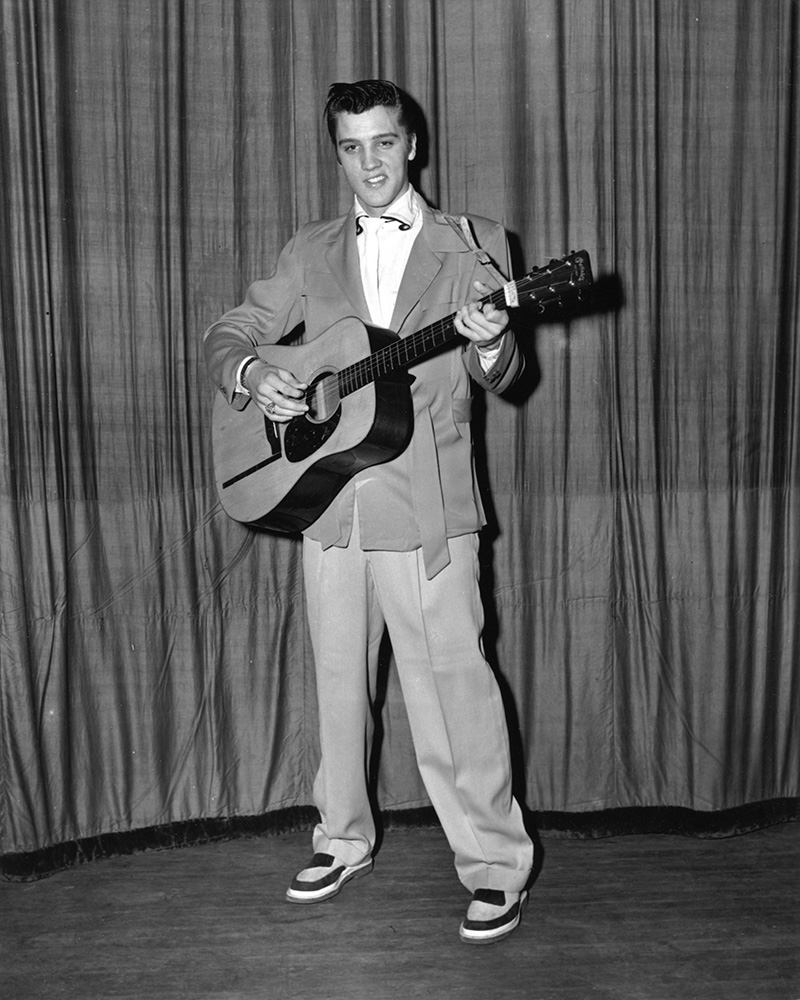
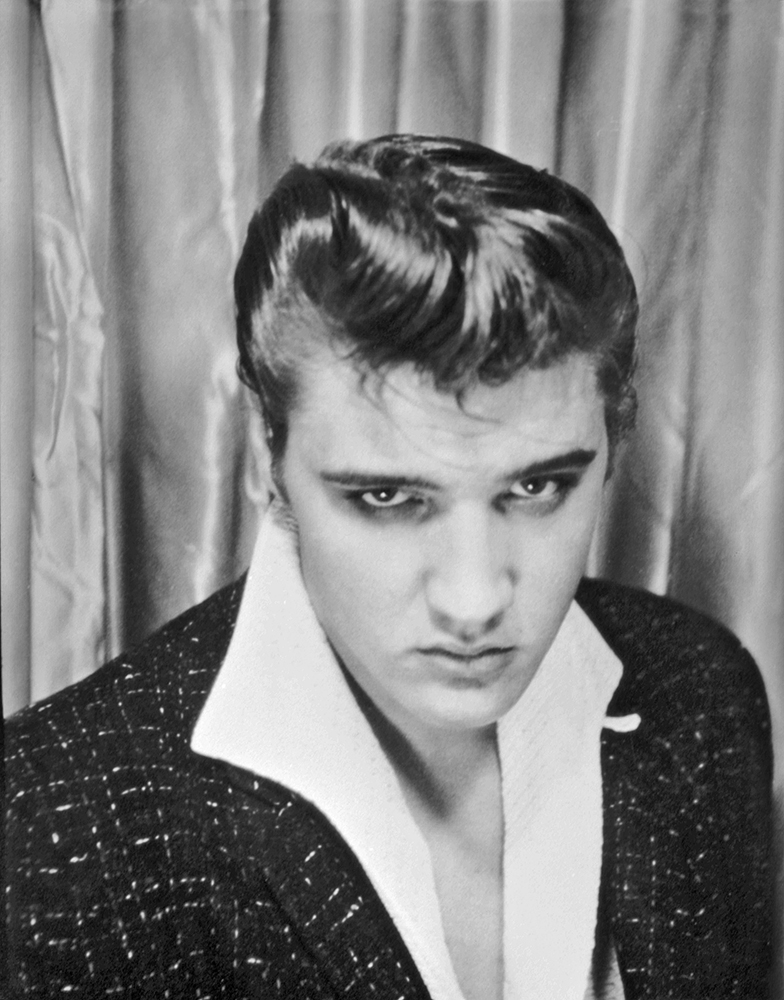
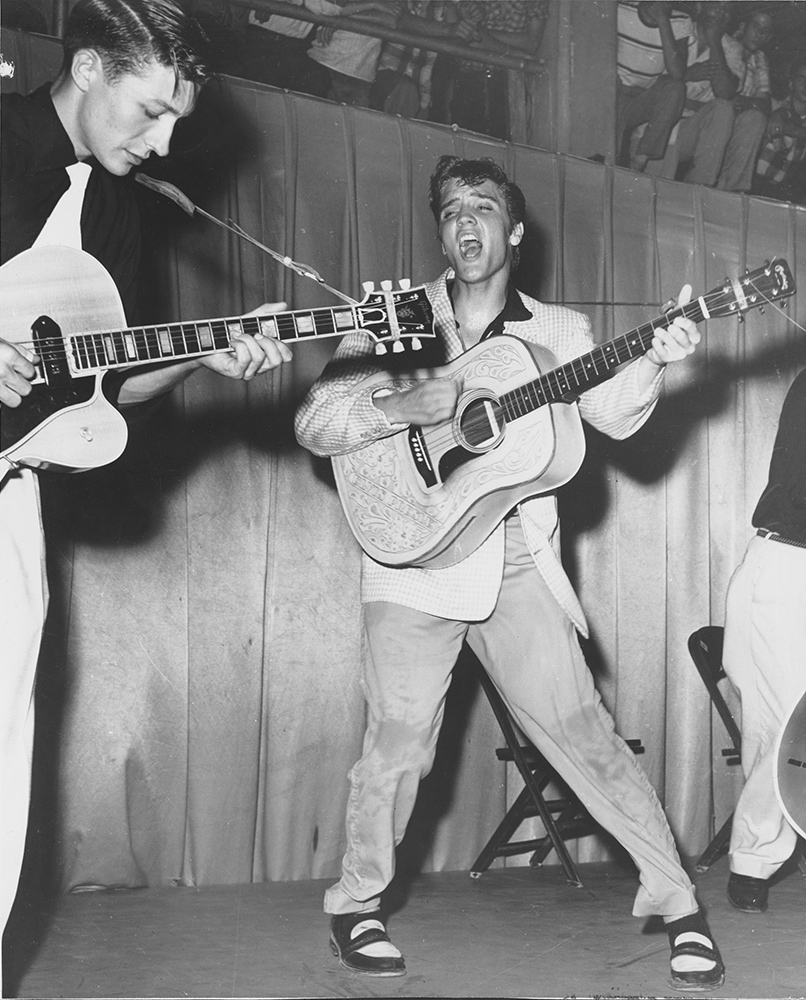

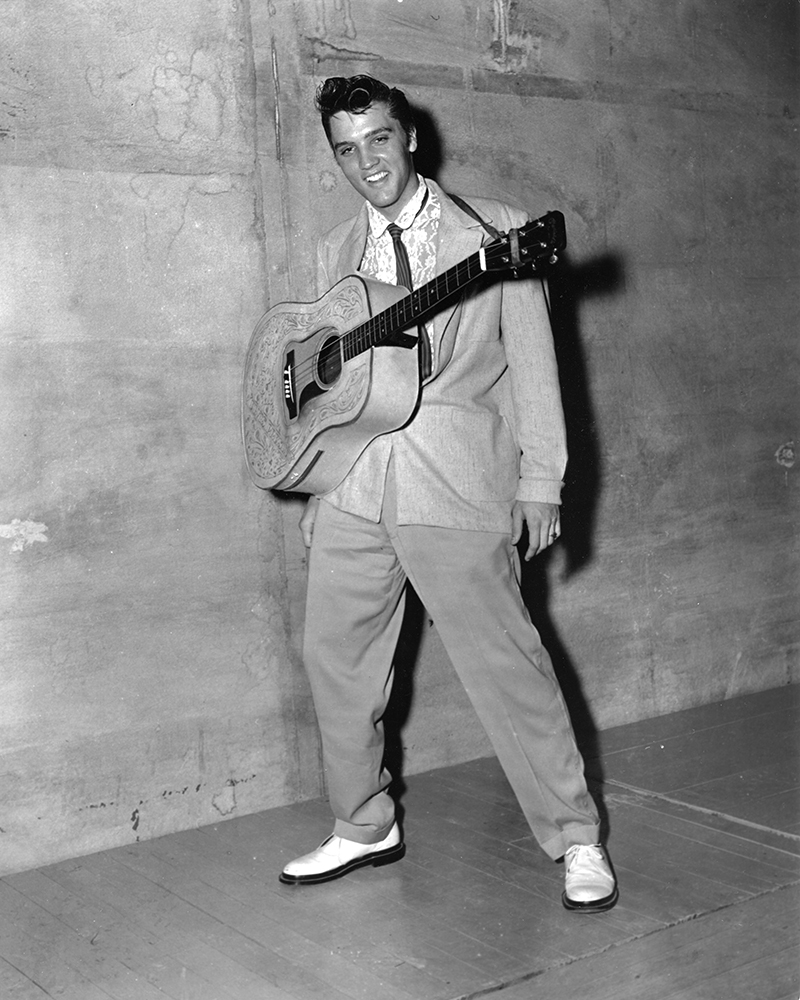
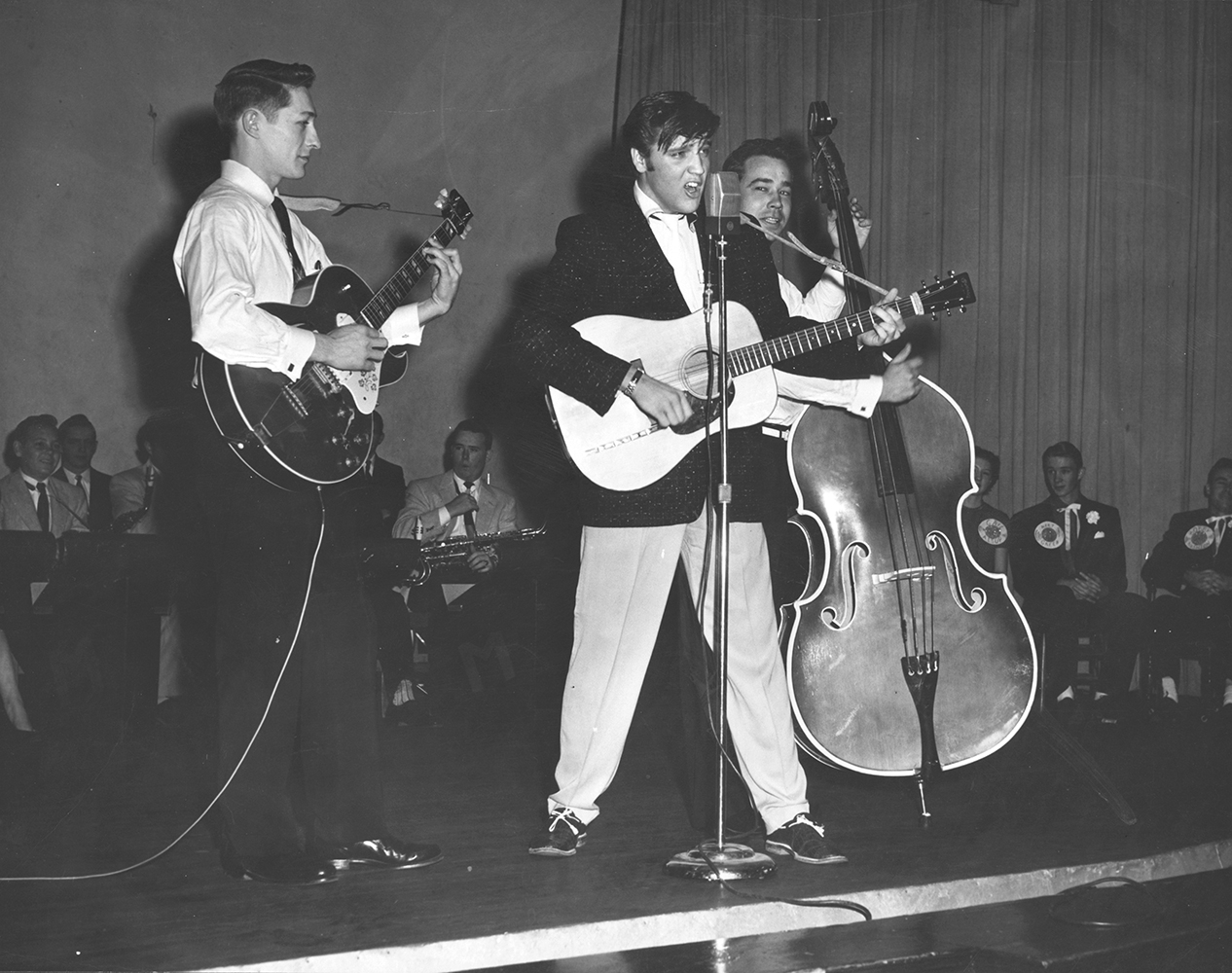



More Must-Reads from TIME
- Cybersecurity Experts Are Sounding the Alarm on DOGE
- Meet the 2025 Women of the Year
- The Harsh Truth About Disability Inclusion
- Why Do More Young Adults Have Cancer?
- Colman Domingo Leads With Radical Love
- How to Get Better at Doing Things Alone
- Michelle Zauner Stares Down the Darkness
Contact us at letters@time.com